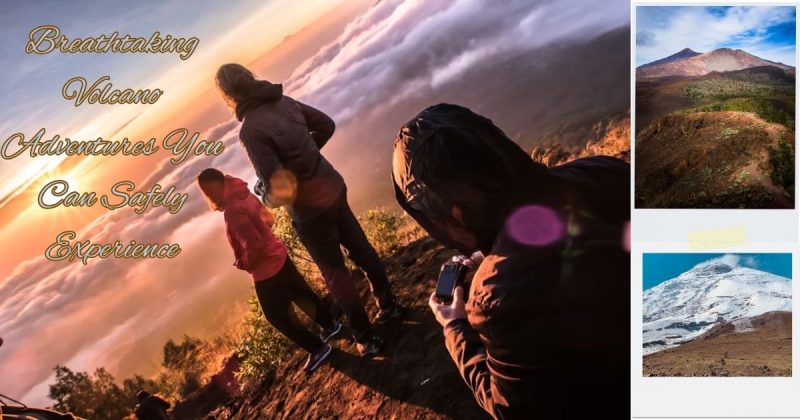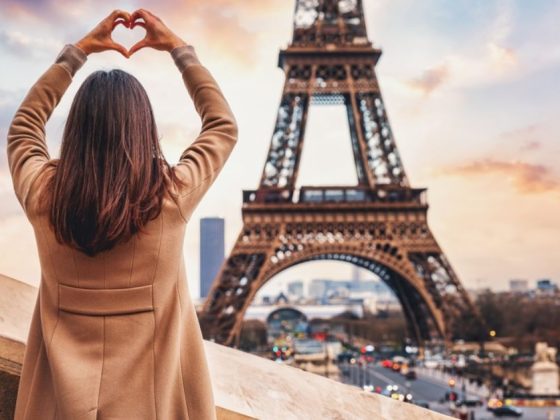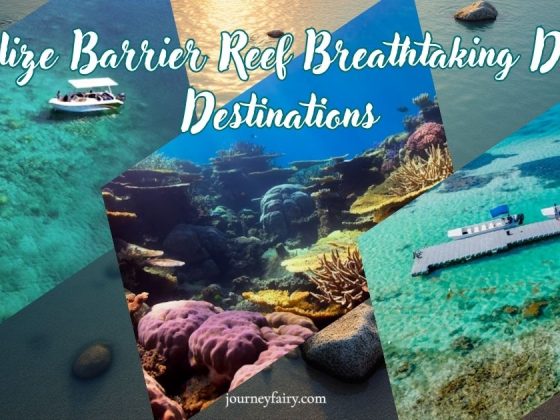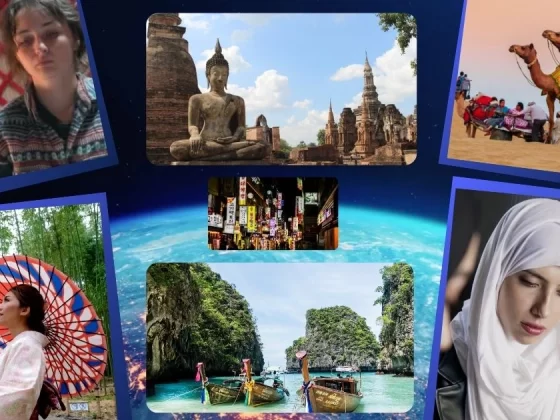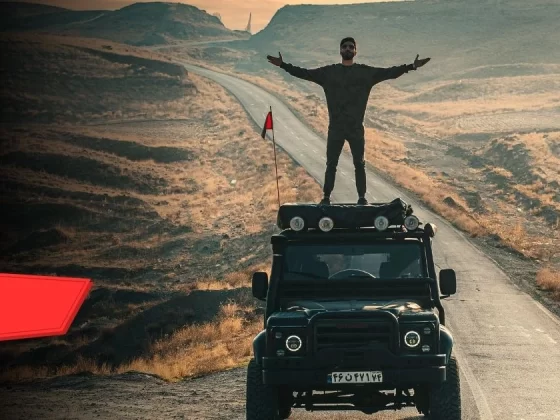There’s something magnetic about volcanoes, their raw power, their geological mystery, and the way they shape entire landscapes. From glowing lava flows to mist-covered craters, volcanoes offer travelers a chance to step into the heart of the Earth’s drama. The good news? You don’t have to be a thrill seeker or a mountaineer to experience them up close. Many volcanoes around the world offer safe, accessible adventures suitable for all kinds of travelers. Whether you’re looking for a gentle hike, a scenic drive, or a hot spring retreat near an active caldera, this guide explores the world’s best volcano adventures that combine excitement, safety, and breathtaking beauty.
Why Volcano Tourism is Rising
Volcano tourism is booming, and it’s easy to see why. These natural wonders combine science, adventure, and scenic wonder all in one destination. Social media has also played a huge role, with travelers sharing jaw-dropping images of glowing lava lakes and dramatic skylines. Beyond the thrill, volcano trips often include cultural immersion, as many volcanoes are sacred sites for local communities, adding a deeper layer to the experience. With improved safety regulations and guided tours, exploring volcanoes has never been easier or more rewarding.
Understanding Volcano Safety
Before diving into the top destinations, it’s important to understand what makes a volcano adventure “safe.” Active volcanoes are constantly monitored by geological agencies, which issue alerts based on seismic activity and gas emissions. Safe volcano trips are usually those in regions with reliable monitoring systems, clear access trails, and established safety protocols. Always check the local alert level, follow your guide’s instructions, and never stray off marked paths. Many parks also provide safety gear such as gas masks or helmets if needed, so travelers can enjoy the views without unnecessary risk.
The Most Accessible Volcano Adventures in the World
Mount Batur, Bali, Indonesia
Mount Batur is one of Bali’s most popular sunrise hikes, offering a perfect mix of accessibility and adventure. The trek takes about two hours to the summit, where visitors can watch the sun rise over Lake Batur and neighboring Mount Agung. Most tours provide flashlights, breakfast cooked in volcanic steam, and experienced guides. The trails are well-maintained, making it ideal even for beginners.
Mount Vesuvius, Italy
Standing over Naples, Mount Vesuvius is one of the world’s most famous volcanoes. Though infamous for destroying Pompeii in AD 79, it’s now a safe and organized destination with paved paths and guided tours. Visitors can hike to the crater rim in under an hour, where panoramic views of the Bay of Naples await. The nearby archaeological sites of Pompeii and Herculaneum make it a complete historical experience.
Arenal Volcano, Costa Rica
Arenal once spewed lava nightly, but today it’s considered dormant and safe for exploration. The surrounding Arenal Volcano National Park offers accessible hiking trails, scenic viewpoints, and natural hot springs. Travelers can also enjoy canopy tours, lake kayaking, and wildlife spotting. The nearby town of La Fortuna makes for a convenient base with plenty of eco-lodges and wellness retreats.
Mount Fuji, Japan
Japan’s iconic Mount Fuji is both a cultural symbol and a bucket-list climb. The official climbing season runs from July to early September when the trails are free of snow and mountain huts are open. Several routes are available, with rest stops and guides ensuring a safe experience. For those who prefer not to climb, the Fuji Five Lakes region offers incredible views without the hike.
Haleakalā, Maui, Hawaii
Known as the “House of the Sun,” Haleakalā offers one of the most spectacular sunrise views on the planet. This dormant volcano can be reached by car, and visitors can hike its lunar-like crater or explore it by bike on a guided downhill tour. The summit area is part of Haleakalā National Park, known for its rare flora and peaceful silence.
Mount Etna, Sicily, Italy
Europe’s tallest active volcano, Mount Etna, combines accessibility with grandeur. Cable cars, 4×4 vehicles, and guided hikes make it easy to explore safely. Visitors can walk across lava fields, admire smoking vents, or take nighttime tours to see glowing eruptions from a safe distance. The surrounding vineyards and lava-formed caves add a unique twist to the experience.
Pacaya Volcano, Guatemala
Pacaya is one of Central America’s most popular volcano hikes, known for its accessibility and surreal scenery. The hike is moderate and takes about two hours. At the top, visitors can roast marshmallows using the heat from volcanic vents, a local tradition that adds fun to the adventure. The views of neighboring volcanoes Agua and Fuego make it especially photogenic.
Volcanoes for Relaxation Seekers
Not all volcano trips are about climbing. Many volcanic regions are rich in geothermal energy, creating natural hot springs and therapeutic spas.
- Blue Lagoon, Iceland: Formed from volcanic geothermal water, this famous spa near Reykjavik offers mineral-rich soaking pools surrounded by lava rock.
- Owakudani Valley, Japan: Near Hakone, this volcanic valley features steaming vents and black eggs boiled in sulfuric water, said to add years to your life.
- Rotorua, New Zealand: Known for its geysers and bubbling mud pools, Rotorua combines adventure with Maori culture and luxury spa experiences.
Volcano Adventures for Families
Traveling with kids? Some volcano destinations are surprisingly family-friendly.
- Mount St. Helens, USA: Offers educational visitor centers and short trails that teach children about volcano formation and ecosystems.
- La Garita Caldera, Colorado: An ancient supervolcano site with gentle terrain perfect for scenic drives and picnics.
- Taal Volcano, Philippines: Although currently under close monitoring, it has historically been one of the most accessible volcanoes, reachable by boat and short hikes.
Preparing for Your Volcano Trip
A volcano adventure can be an unforgettable experience with the right preparation. Hiking to a crater rim or relaxing in a geothermal hot spring becomes safe and comfortable when planning is prioritized. Volcano environments vary widely, from humid tropical jungles to cold, windswept slopes, making it essential to pack wisely and stay informed about local conditions.
Gear
Quality gear is crucial for a successful volcano adventure. Sturdy hiking shoes with a reliable grip are necessary, as volcanic terrain can be rocky, uneven, or covered in loose ash. Layered clothing helps manage temperature changes between base and summit, from warm starts to chilly peaks. A hat and sunglasses shield against strong sunlight, while a lightweight rain jacket is functional for sudden weather shifts. Nighttime hikes, such as Mount Batur in Bali or Haleakalā in Hawaii, require a flashlight or headlamp with extra batteries. A small backpack with essentials like a reusable water bottle, energy snacks, and a portable first-aid kit ensures preparedness for any unexpected challenges.
Health
Volcano trips can be physically demanding, even on well-marked trails. Staying hydrated is essential, as volcanic regions are often dry and exposed to direct sunlight. Carry plenty of water, high-energy snacks such as trail mix or granola bars, and sunscreen with a high SPF for UV protection. At higher altitudes, especially above 2,500 meters, altitude sickness is a risk, with symptoms like headache, dizziness, and shortness of breath. To reduce the risk, pace the journey, take frequent breaks, and allow time to acclimate if possible. For those with respiratory sensitivities, a mask can help protect against volcanic gases or dust, particularly at active sites.
Timing
Guides
Even if you’re an experienced hiker, hiring a licensed local guide is one of the smartest decisions you can make. Guides are trained in safety procedures and familiar with the terrain, ensuring you stay on approved trails and away from unstable areas. They also enrich the experience with fascinating insights about the volcano’s history, local myths, and geological features you might otherwise overlook. In some regions, such as Mount Etna or Pacaya, guides are mandatory due to active volcanic conditions. Supporting local guides not only enhances your safety but also contributes to the local economy and conservation efforts.
Extra Tips
Travel insurance covering adventure activities like hiking or trekking is essential. A power bank for cameras or phones is recommended since volcanic landscapes are highly photogenic, making it easy to capture every moment. Local regulations and cultural beliefs should be respected, as many volcanoes, including Mount Fuji and Mount Agung, hold deep spiritual significance for nearby communities. Following guidelines and showing respect ensures the adventure remains responsible and memorable.
With the right preparation, a volcano trip can be one of the most awe-inspiring travel experiences you’ll ever have. You’ll not only witness the raw beauty of nature but also gain a deeper appreciation for the powerful forces that shape our planet.
The Future of Volcano Tourism
With climate change and increased global travel, volcano tourism is evolving. Sustainable tourism programs now aim to minimize human impact on fragile volcanic environments. Many destinations invest in better infrastructure and early warning systems to keep visitors safe. As travelers increasingly seek meaningful and eco-conscious experiences, volcano adventures provide a unique blend of excitement, education, and environmental awareness.
